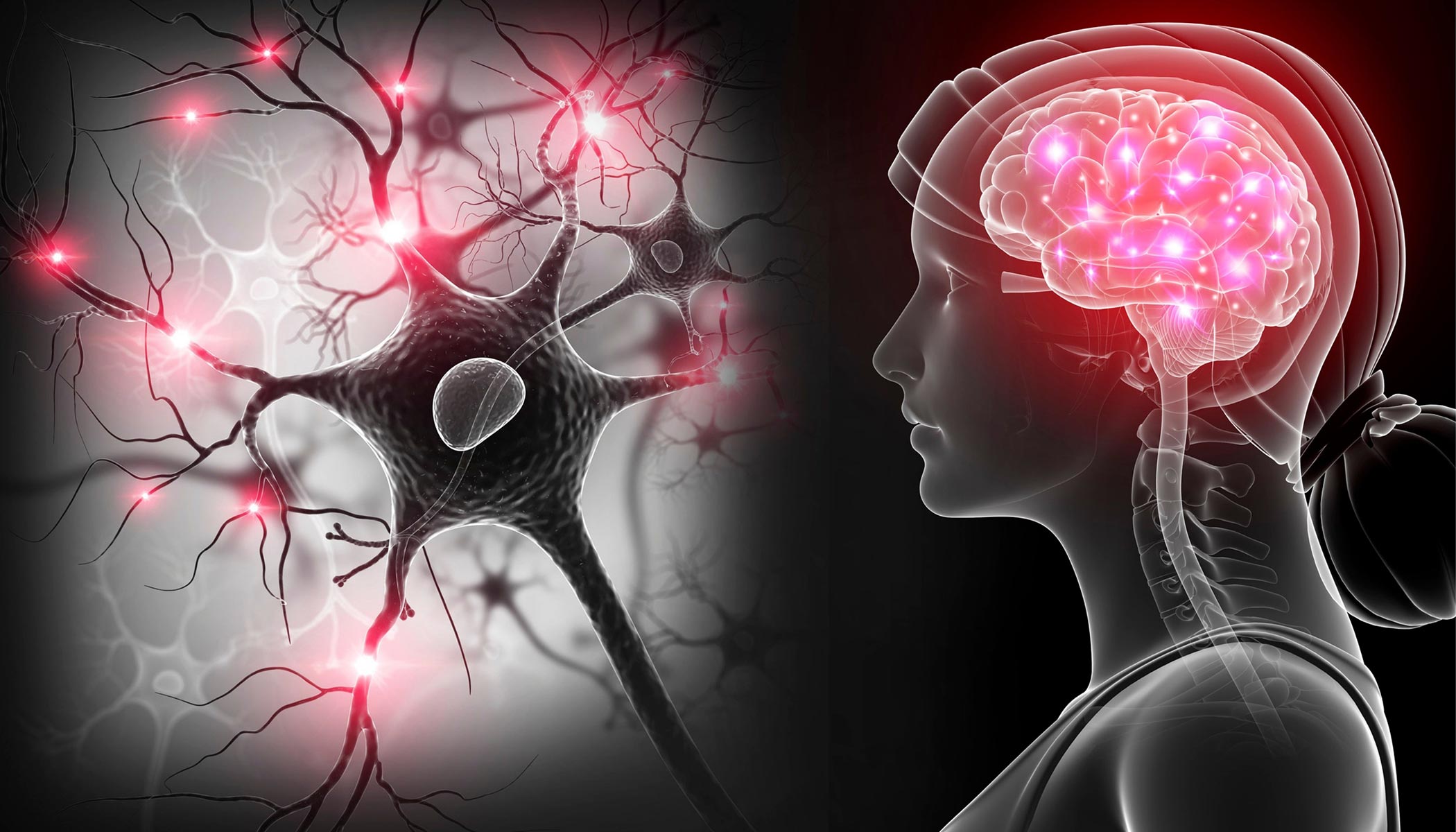New Study Links Traumatic Brain Injuries to Increased Alzheimer’s Disease Risk
Recent research from The Ohio State University Wexner Medical Center has provided compelling evidence that traumatic brain injuries (TBI) may significantly increase the likelihood of developing Alzheimer’s disease. By utilizing both animal models and human brain tissue samples, scientists have identified a potential link between TBIs and the accumulation of harmful proteins in the brain, which are associated with cognitive decline. Central to this discovery is the role of a protein called BAG3, which is crucial for the removal of toxic proteins. The study proposes that enhancing BAG3 levels could be a promising strategy to mitigate Alzheimer’s risk in individuals who have suffered TBIs.
Every year, approximately 2.5 million people experience TBIs, with a notable portion facing heightened risk for Alzheimer’s disease as they age. Led by Dr. Hongjun “Harry” Fu, Assistant Professor of Neuroscience, the research team aimed to explore the molecular pathways connecting TBI to Alzheimer’s. Their findings revealed that TBIs significantly increase the presence of hyperphosphorylated tau proteins in the brain. These tau proteins are known to disrupt normal cellular function and are key contributors to the neurodegenerative processes seen in Alzheimer’s disease. The research highlights how TBIs can create a perfect storm for cognitive decline by facilitating the conditions necessary for protein aggregation.
The study also emphasizes the importance of BAG3 in maintaining brain health following injury. Researchers discovered that BAG3 levels decrease after a TBI, leading to an increased accumulation of tau proteins in neurons. This depletion can exacerbate cognitive issues and accelerate the progression of neurodegenerative diseases. However, the team’s innovative approach to gene therapy aimed at boosting BAG3 levels demonstrated promising results. By restoring BAG3 expression, they observed improvements in brain function and a reduction in the accumulation of toxic proteins, suggesting a potential therapeutic pathway for preventing Alzheimer’s disease.
The implications of this research are significant, particularly as the incidence of TBIs continues to rise, especially among athletes and individuals involved in high-risk occupations. By focusing on BAG3 as a target for intervention, the study opens the door for developing novel strategies to protect brain health in those who have experienced TBIs. Future research will be critical to further elucidate the mechanisms at play and to determine the feasibility of implementing BAG3-targeted therapies in clinical settings. Ultimately, this study not only enhances our understanding of the relationship between brain injuries and Alzheimer’s but also offers hope for new preventive measures against cognitive decline.













